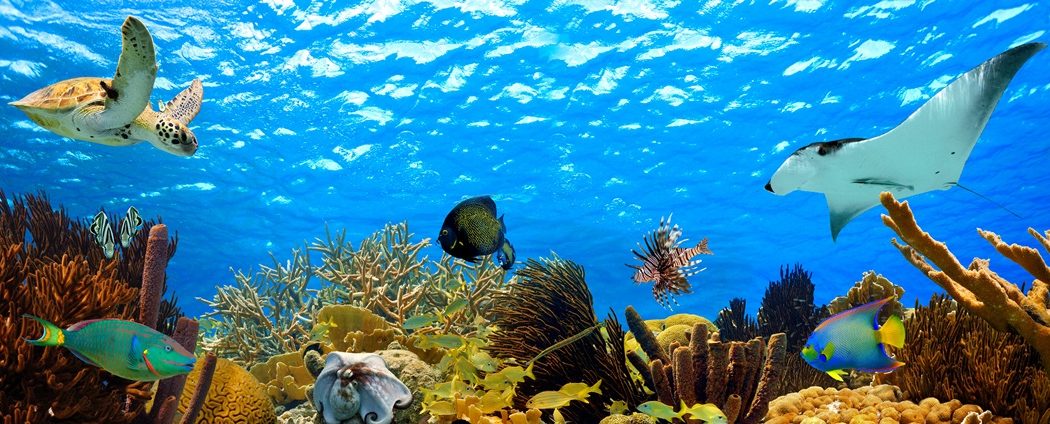Spending hours a day diving in and around the coral reefs off St. Croix in the U.S. Virgin Islands sounds like the stuff of a dream vacation, but for Annie Opel, it was serious business.
As part of her undergraduate thesis, Opel spent much of her time in the water working on a study showing efforts to restore coral reefs have a positive impact on local fish populations, both in the short term and over time. The study is published in the December issue of Marine Biology with Opel as first author, a rare accomplishment for an undergraduate.
“Reefs are not only biologically important – more than 4,000 species of fish rely on these ecosystems – but they’re also really important for humans,” Opel said. “We depend on them for commercial and recreational fisheries, they provide protection for coastal communities and they bring in a great deal of money through tourism.”
“But right now they’re threatened by a number of anthropogenic inputs, from pollution to the effects of climate change,” Opel explained. “Coral reefs have experienced bleaching and mass mortality all over the world, causing ecosystem degradation that affects the marine life that rely on the reefs to survive.”
While there have been efforts to address the problem by transplanting corals grown in underwater “nurseries” to damaged reefs, the effectiveness of such restoration projects on Caribbean reefs has never been rigorously studied.
“In St. Croix, they’ve been restoring corals since 2009,” Opel said. “(But) no one is really looking at what’s happening after the fact…so no one knows if this is an efficient way to restore (those) reef systems.”
Opel’s research found that, in as little as a week after creating experimental coral beds, significantly more fish and a greater diversity of species could be found. The study also showed that, over time, the fish community changed as additional species began visiting the sites.
“Overall, it’s a success story – we out-planted corals and there were more fish,” she said. “That’s really exciting and something people took for granted in these restoration projects, but no one had quantified it before. I think it’s going to be interesting for future studies to use this as a benchmark to know what’s going on after transplanting corals.”
Photo of reef in Bonaire (with invasive lion fish) via Adobe Stock.

